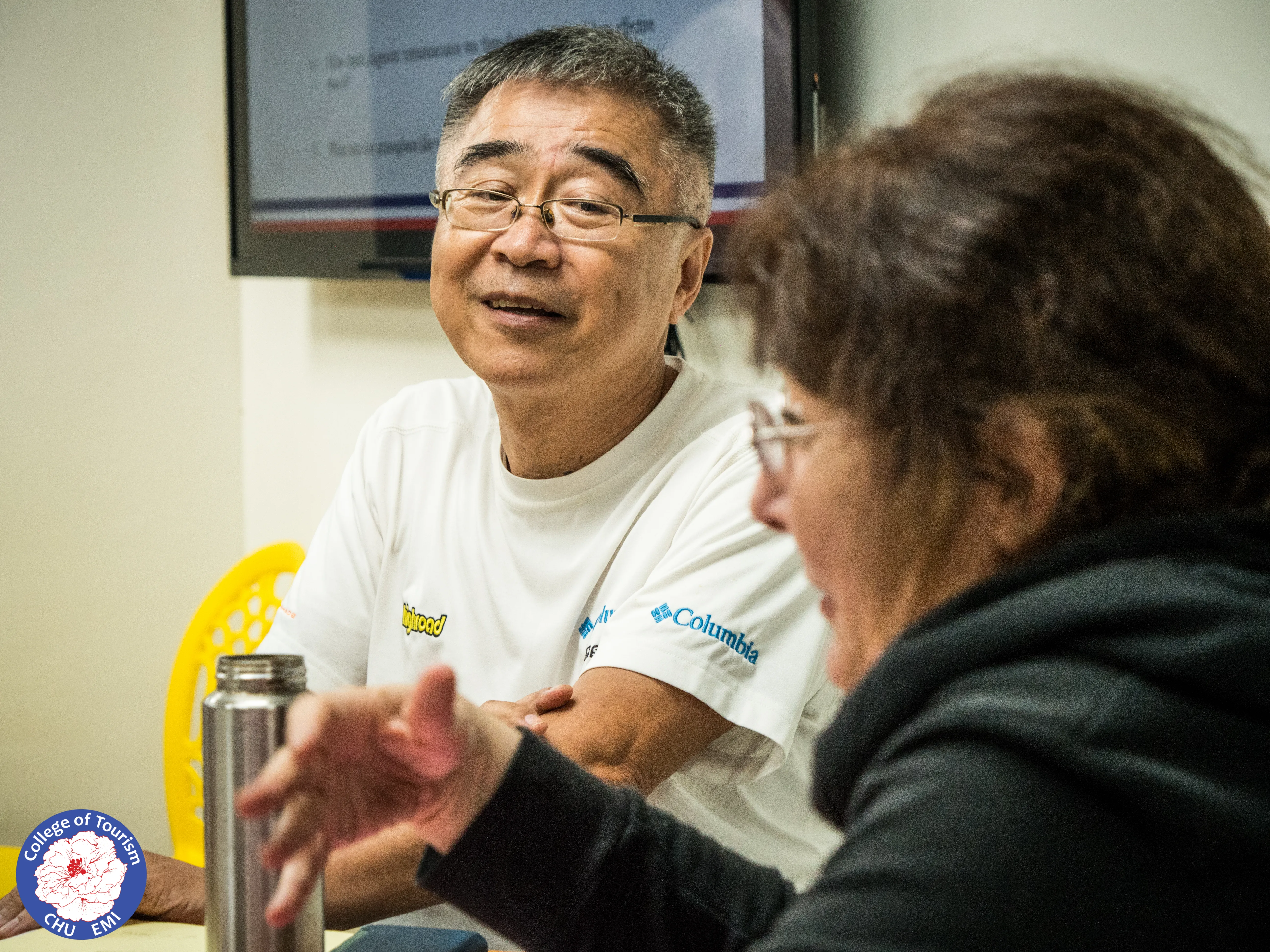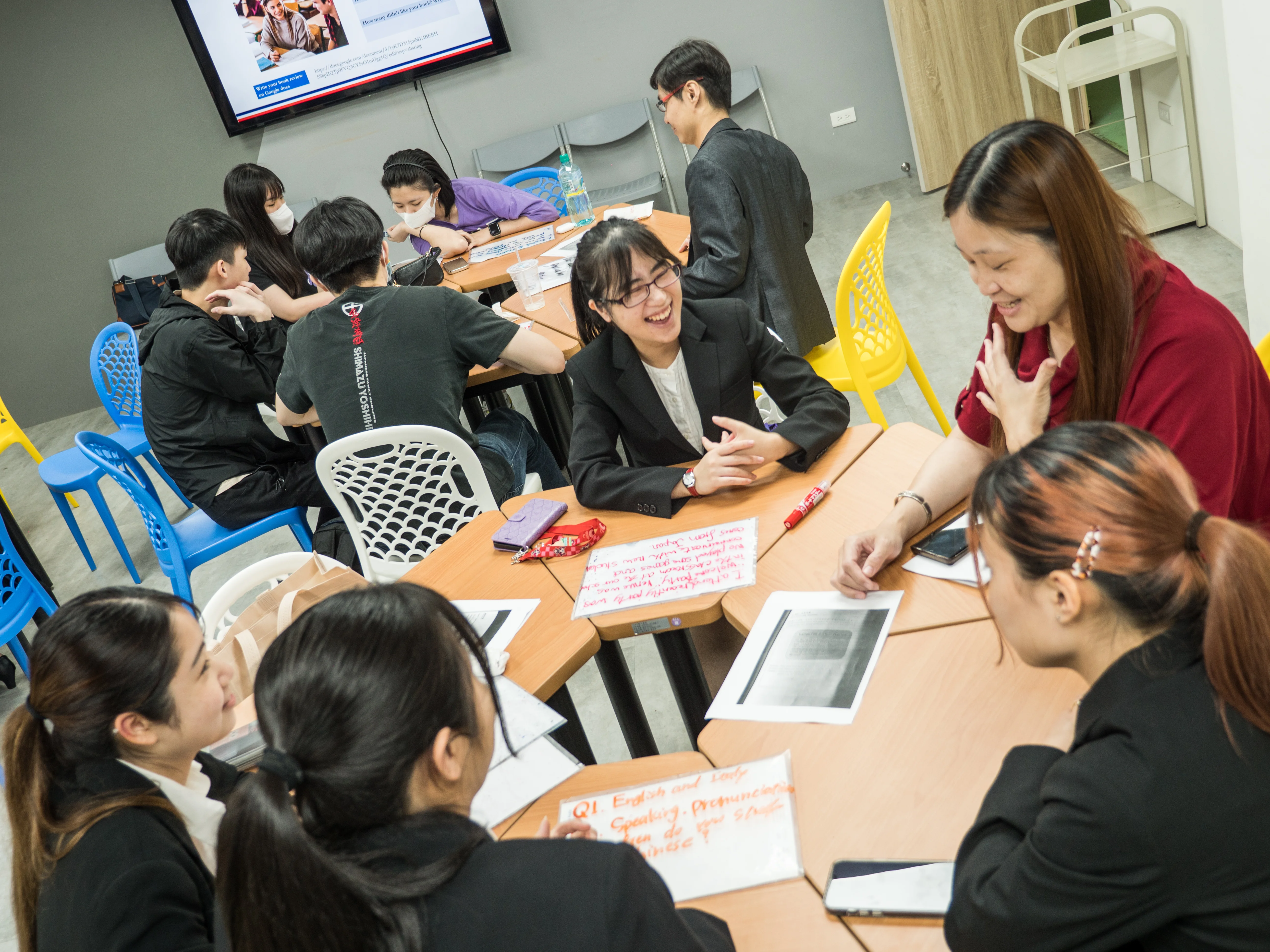The best publicity is word of mouth. Listen to what these professors have to say about the benefits of the CERT PT workshops and tasks:
Workshops
Tasks
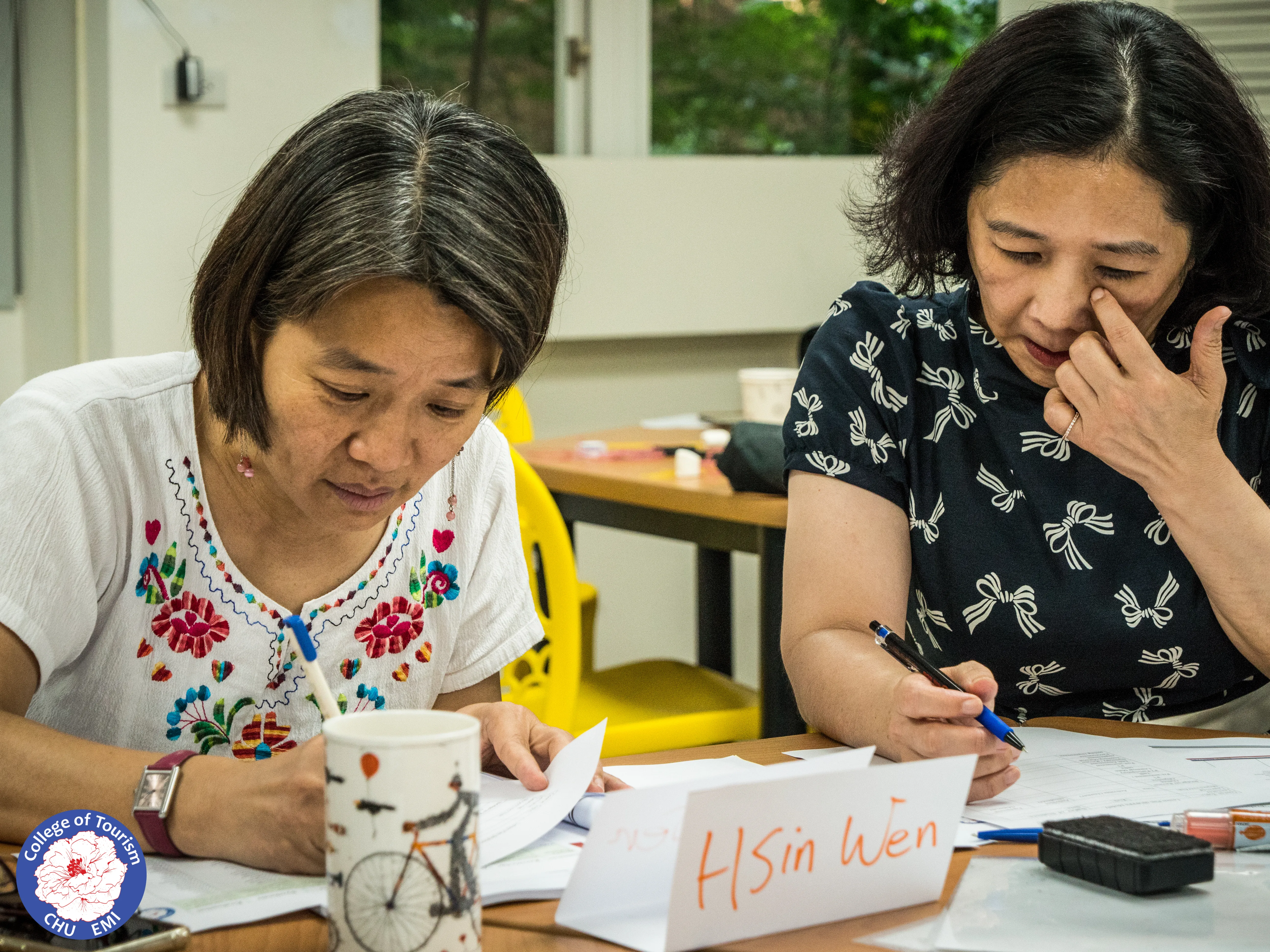
You can also read the comments provided by previous successful course participants:
"As a university lecturer, I observe that the previous climate within institutes among Taiwan has dramatically changed. From the focus on research-oriented teaching practices to the focus on employability-oriented teaching practices, this CERT PT has arrived at the right timing for my reflective thinking on previous teaching skill set. Before the workshops, I quite focus on the delivery of my own knowledge to students in passive ways: keep talk a lot by myself during whole classes. It was like that I was trying every effort to convince students that how knowledgeable I was. However, this approach merely made little success to knowledge and skill transfer in general to the current students. Because of the phenomenon of high participation rate of higher education in modern Taiwan, the students with low motivation in learning when they enroll in universities have increased a lot recently. There is a need to fire their passion to learn. They need to feel that they “own” the classes rather than our lecturers do. The workshops and reflective task writings helped me to develop a mechanism to embark this feeling."
"I am so grateful that I could have this opportunity to attend the CERT PT workshop. Steven and Ewan give a very clearly instruction and deliver different teaching method step by step. From the workshop, there are so many useful interactive teaching methods were introduced to us. Ice breaking is always a good start for a class to minimize the tension and let the students get involved naturally and reduce the distance from the teacher to students. Cooperative Learning is an instructional method in which students work in small groups to accomplish a common learning goal with the guidance of the teacher. Through different activities like matching game, comparing items, allow students to learn the same thing in different ways. Mini white board is such a great tool for all kinds of activities. We also learn how to transfer the traditional lecturing, the didactic method to student-centred learning by the workshop."
"It is a great honour to be able to participate on this CERT PT workshop. Through the clear instruction of lecturers Steven and Ewan, I have deeper comprehension of the true meaning of EMI. In most EMI classes, the most common problem teachers encounter is students' fear of an all-English environment. Many teachers also often commit the misconception that ‘translating textbooks into English is EMI’. In this workshop, all teachers discussed and shared the difficulties and challenges they encountered in EMI teaching in the past, as well as the low English proficiency and lack of learning motivation of students in general. Using EMI directly may make students less afraid to speak in class, or just give up learning. However, with the step-by-step guidance of the four tasks in the workshop, a complete organizational structure of developing materials, designing activities and teaching techniques is obtained."
"CERT PT workshop is a great opportunity to let lecturers learn different teaching approaches. I have developed my teaching approaches and understood my teaching opportunity by participating in the CERT PT workshops. I never learnt or study EMI or related teaching approaches before. The teaching approaches that I applied in my class are what I have learnt or experienced from my previous studying experiences."
"I think CERT PT training is important to me. Currently, Taiwanese government is promoting the bilingual education and EMI is a developing trend soon. In addition, the declining birth rates has huge impacts to the education industry. The decreasing number of students (for example, from 60 students reduced to 30 students) in a class is also become general. EMI teaching approach seems to be the appropriate approach. EMI approach is not only for the language teaching, but also the teaching method for the small group. Interaction between teachers and students has become important in current teaching environment."
"Following the rapid technology development, study style is also changed. In Taiwan, cramming style learning (one way study, what teacher teaches what student learn) is a traditional learning before. Nowadays, student can’t concentrate over 15 mins in general, and they are easily to be distracted during the class. It is necessary to change the teaching method. Engaging with students or keep them busy during the class is important. Thus, CERT PT workshop help myself to improve my teaching approach, and at the same time, it also helps students to learn more efficiently."
"My learners are two groups of 15 students who are enrolled in the 2-Year Overseas Youth Vocational Training Program (OYVTP). At first, I didn't quite understand the need to discuss all kinds of theories, especially teaching methods and techniques. Each professional discipline has an established and successful teaching programme. So, my intuition is to strengthen my English language skills. What is needed, of course, is a verbal assessment process. It wasn't until I seriously looked back at Trinity's CertPT presentation that I understood more about why the Four Task Works."
"It is really a special experience to participate in the CERT PT workshop. I have never participated in this type of course before, the teaching methods I learned from the workshop let me know how to create interactive activities with students in the class. As an instructor for more than ten years, this is a great opportunity to become student again, and it also give me a chance to think from the student’s point of view."
"The interactive teaching methods learned from the CERT PT workshop can keep students busy, improve concentration, and help students learn more effectively. For me, the most special thing I have learned is the use of the mini whiteboard. In my class, I usually provided A4 size paper to each group to write down their answers. The use of the mini whiteboard can save paper waste and be more environmentally friendly. Another thing that impresses me is the group discussion. I also used group discussions in the class, but I didn’t expect to exchange group members! In this class, I think provides group to group interaction is a very useful strategy."
"Owing to the assistance of this EMI workshop and the tasks performed in the CERT PT lectures, I can go back to being a student, and enjoy learning in the class. I learned how to evaluate a teaching resource from website or printed materials. I can modify and create the material into appropriate learning activities for the students in my class. Facing the real reaction from the students, I can try to reedit the material for students to promote better learning performance and learning motivation. "
"It is a fantastic and impressive experience to participate in the CERT PT for university lecture in the workshop. Two teachers give clear EMI instructions and examples to show how to use the interactive strategies in the class. For example, let the students to match items, order items, compare items, and use the small white board. Cooperating activities are also performed very well in the workshop, I learned a lot of cooperative learning activities. For example, encourage students to write their own ideas and then share with the other students. Another example is giving different learning tasks to all the class groups, and then let all the groups try to share with all the class. The other one example is jigsaw reading, which makes students reading first, and then students share with each other."
"I like the atmosphere of the workshop, which makes every teacher open mind and share their own precious teaching experience. We can share our observation in the teaching demonstration and the real events happened in our classes."
"The CERT PT lecture and workshop brings me to watch the students learning with another view. Originally, I think I will learn very difficult and complicated English and apply high level English in the CERT PT workshop. However, I learned that EMI teaching is a learner-oriented teaching. To prepare an adapted material and suitable language level for learners is the most important thing. I tried the EMI teaching, used the visualization aid in my material, applied interaction teaching strategies and create suitable materials. Students in my class became happy and more confidence in EMI learning. It also encouraged them to study English, communicated and wrote in English."
"I will spend more time in designing and constructing more classroom activities for my future classes. One important strategy I picked up from this workshop and found it useful was the use of mini white board. The approach did help engage students in group discussion, and in this way, I make sure my students fully understand and always keep in mind what I teach them in class."
"It was a great opportunity to be able to work with and learn from peers with different academic expertise. Through their demo teaching sessions, I got to observe as well as experience how other disciplines were taught. Their creative teaching methods inspired my own. From mini teaching session, I realized that there were many aspects of my teaching could be improved. For example, the Trinity consultant advised me not to be too straightforward with peer students by telling them they were wrong when they made a mistakes in class activities. Rather, he told me I should encourage students to think again and come up with another answer to the questions I asked. This is true that I seldom consider from students’ perspective and just assume students should naturally comprehend everything I teach them."
"I learned quite a few instructional English sentence patterns from Trinity consultants’ lectures during the workshop. I believe, with practice, these model sentences would certainly facilitate my future EMI classes. I would like to participate in this workshop again if it is available to me. Thank you. "
"I highly recommend teachers who have doubts about EMI teaching, or who want to continue to improve themselves to comply with the Bilingual 2030 policy, are very suitable candidates to participate in the CERT PT workshop. It may assist the participating teachers conduct intensive group discussions, make theory and practice run side by side, and quickly grasp the key elements and teaching methods of EMI courses."
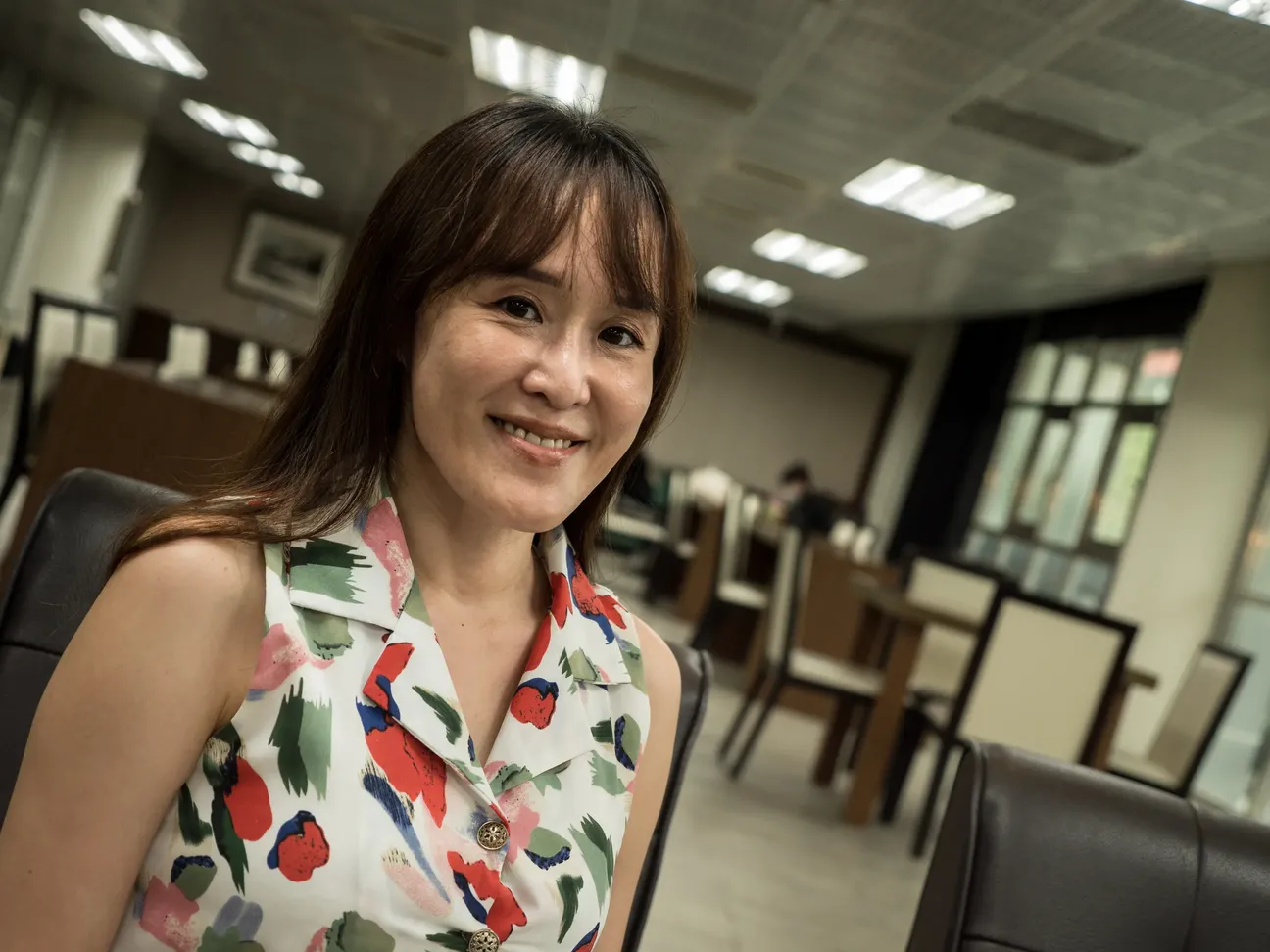
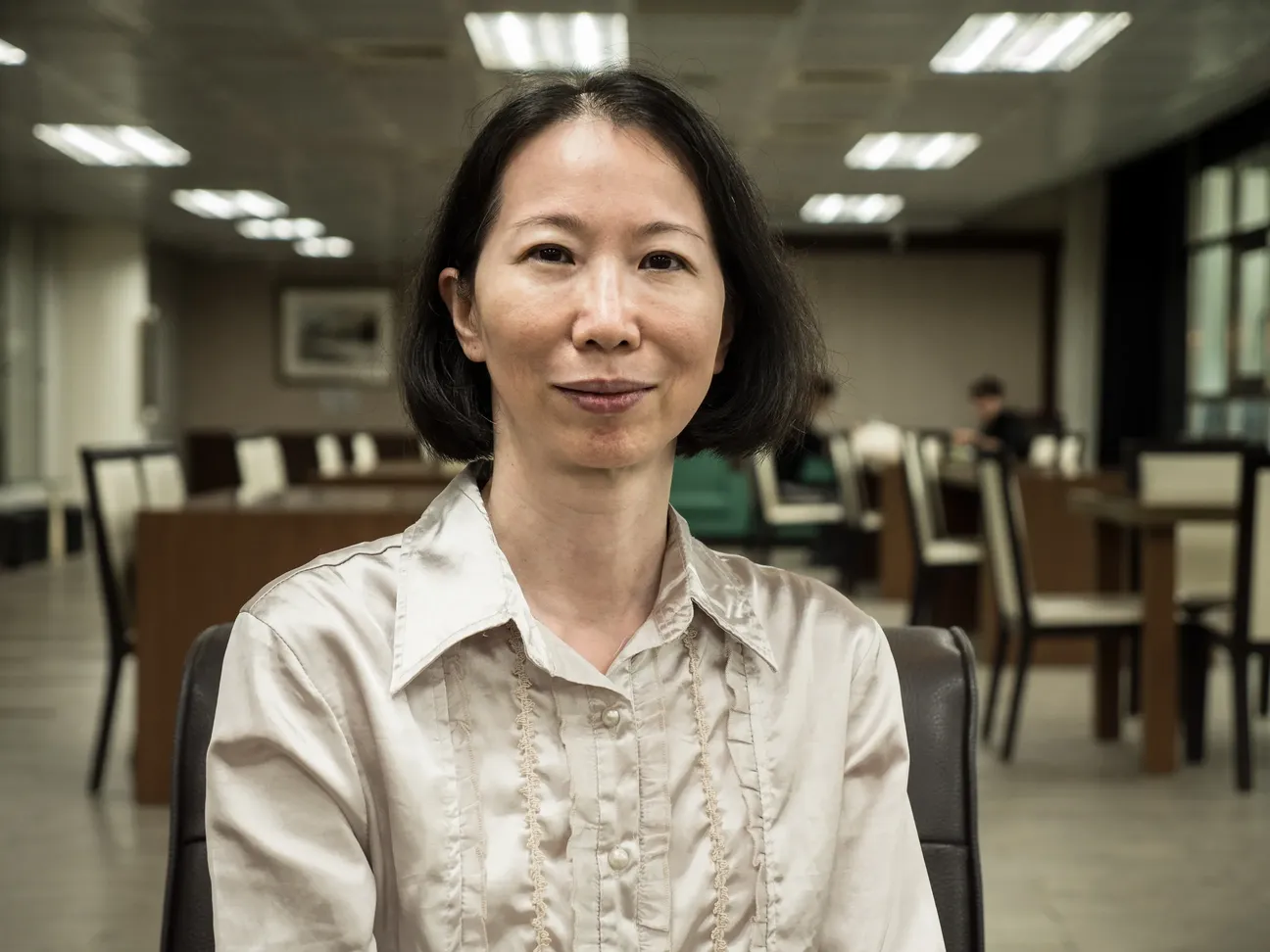
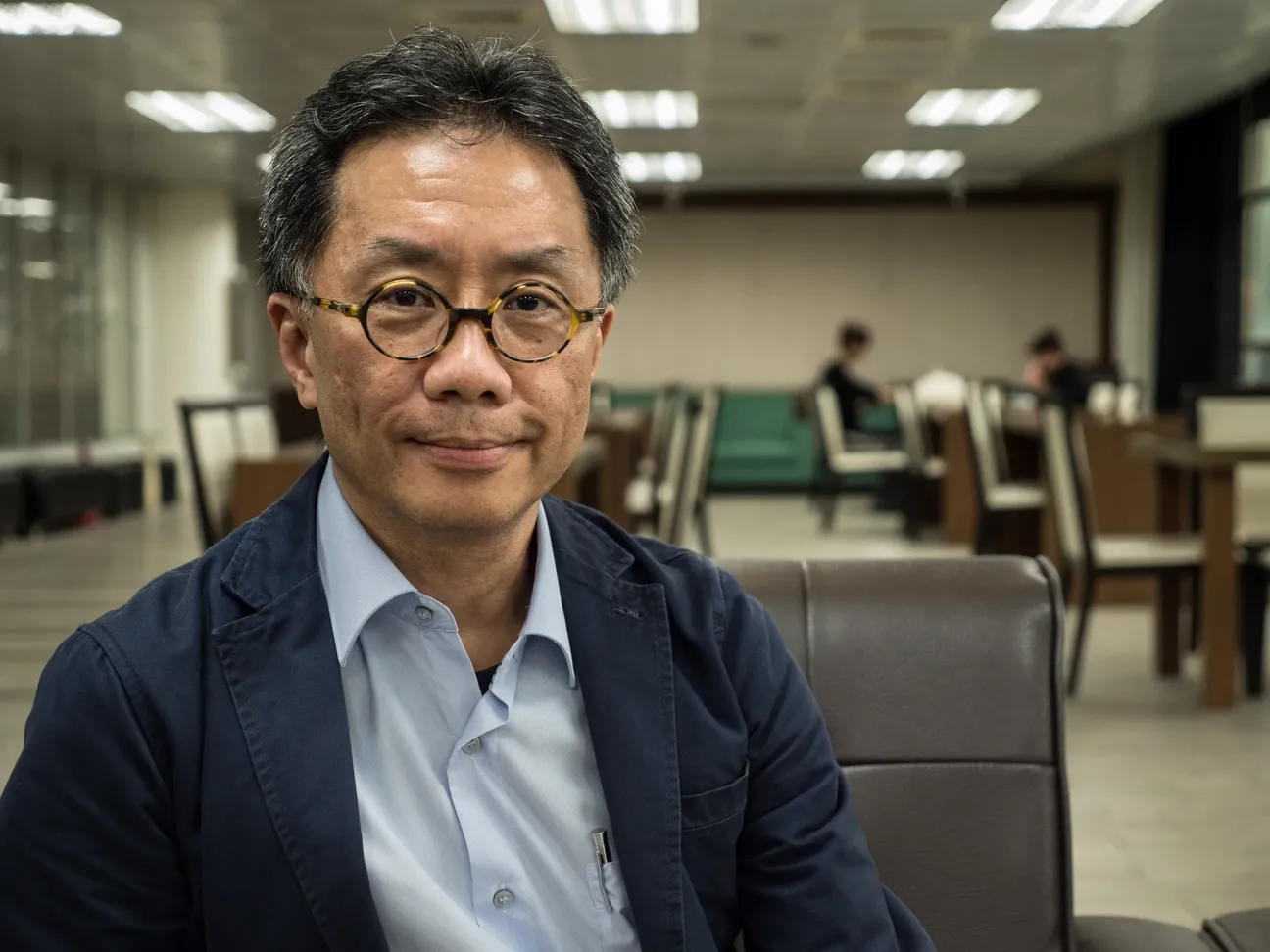
"In Task 1 writing, I have learnt how to evaluate the potential of teaching material for student-centered delivery. In Task 2 writing, I have learnt how to apply teaching material in interactive ways for students. In Task 3 writing, I have learnt how to create and deliver teaching material to classes through design and arrangement of course activities. In Task 4 writing, I have learnt how to assess the outcomes of the class delivery in a reflective way and to further the development of class delivery for the next teaching cycle."
"Through the writing tasks and workshops, I had the opportunities to experience and to evaluate the effectiveness of course designs from peer group and could include their successful approaches to my future development of class delivery. This has widened my spectrum of teaching methods a lot. In addition, this training for English-Medium Instruction (EMI) within our non-English speaking institution bridged the training gap during our transformation period. With the continued low birth rate in Taiwan, our university expects to attract more non-Mandarin speaking students. This CERT PT training effectively equipped my confidence to deliver classes to student groups with mixed English proficiency levels. By using the introduced approaches within this CERT PT training, I have learnt how to group students with high and low English proficiency levels together and to make the processes of helping each other as a part of their learning outcomes as well."
"The 4 tasks are so tough for me and I took lots of time to work on them. From determining the teaching materials and evaluating the materials, writing the content and collecting relevant references to support the argument, it often takes multiple writing to complete each task. After completing the 4 tasks, I learned how to evaluate teaching resources either traditional textbooks or online teaching materials. To get students better learning outcomes through the modification of the teaching resource and combining different activities. Only through actual teaching can we discover the shortcomings or effectiveness of teaching designs. We can utilize student feedback for course revision and adjustment. It's hard work, but it's very rewarding when it's done."
"I have learnt teaching approaches from the several CERT PT workshops and I have opportunities to complete 4 tasks and practically applied it to my class by participating the workshops. From task 1, I learnt how to evaluate the teaching material. Task 2, I learnt the analysis of teaching material to be applied to the class. Task 3, I learnt how to create teaching material to the class. Task 4, I learnt how to assess students learning outcomes. Each task made me to think how and what to teach. I reviewed my teaching approaches while I am writing these 4 tasks."
"From the feedback and the implementation of teaching, in addition to imparting professional knowledge in future teaching, the improvement of students' English ability must also be considered. Through scaffolding, students can gradually develop their cognition of language and content, and finally achieve high-level learning performance such as application, evaluation, and creation. "
"From evaluating the materials, rationale for an adapted resource, rationale for an original resource to reflection on practice, those four tasks assist me to go over the reasons for choosing these materials once again. During writing these four tasks, there are many interesting discoveries that I have never noticed before. I tend to avoid choosing test-only textbooks as my teaching materials, on the contrary, I liked to make the self-edited materials with as many vibrant audiovisual effects as possible, just because I firmly believed they can help students understand abstract concepts better than oral explanations, and improve their learning motivation. However, it never occurred to me to rearrange the self-made materials in a gradual order, which is called scaffolding theory. Reading all pedagogy theories helps me to identify the applicability of the teaching materials, in addition to considering the students' English proficiency, cultural background, and prior knowledge, the most important thing is to arrange the order of the teaching materials in a step-by-step manner to help students understand the content in the most efficient way."
"Task 1 took me about half a month to prepare for. On the one hand, it took a lot of time to select the materials, and on the other hand, there was too much preparation for the lectures. The more I looked at the Task 1 sample and the marking requirements, the more I realised that the material was not the main point, but perhaps it was how to proceed that was the key. Having finally completed the preparation of the materials, the next step is the planning of the teaching process. In terms of thinking about the details of teaching, I have copied the way Architectural Design classes are conducted. Therefore, the content of Task 1 and Task 2 is close to each other, but it soon became clear that something was wrong. As I understand it today, Task 2 is a theoretical basis for action, while Task 3 is a practical review. Frankly speaking, I have conducted three workshops with these two classes of students. The first time was over an hour long because I unknowingly treated it like an architectural design class. Fortunately, all the students were also very cooperative. Once I understood it, I did it again for the third time at the scheduled time of the course. After the above three steps of writing and action, I have found that I should not be too obsessed with building a professional practice. I should just go back to pure teaching, and students can learn more easily. At the same time, I was also thinking about what it would be like if I used my mother language in this 3-step lesson plan. In writing the summary of Task 4, while analysing the results of the student questionnaire, I was thinking about how to improve it next time. Is it possible to popularise the knowledge of the profession so that the general public can be aware of it and even be willing to engage in further study? When looking at the student section, most of them are not averse to teaching in English, especially the female students who are most comfortable with it. Thank you."
"These four tasks are the most difficult part of the CERT PT workshop. Because our course is condensed, I spend a lot of time on the course and the four tasks every day. Although it took a long time, it was worth it, and I successfully completed four tasks. I learnt how to evaluate the teaching material from Task 1; Task 1 is the most difficult part for me, because I don’t know how to start and where to start, it really took a lot of time. After reading the sample and rationale, and timeless discussion with my colleague, final finished it. As for Task 2 and 3, I learnt how to analysis of teaching material and then applied to the class, and how to create our own teaching material in the class. And then, the micro teaching was conducted. It’s show time! According to the response from the students, final task was conducted. I learnt how to assess students learning outcomes and how to adjust my teaching methods to increase student’s learning performance."
"The feedbacks I got from the Trinity consultants on each of my 4 tasks made me realize that I should have broken down my class teaching into even more detailed segments when I had taught it before. I thought I had already been detailed with my class execution, but during the CERT PT workshop, I experienced first hand just how meticulously the various topics were carried out through a broad spectrum of learning activities to ensure the knowledge was internalized by all students. I therefore learned that each section of the class should have a teaching objective or a learning purpose, and each section, however long or short, should have implemented with at least one class activity to involve all students in and thus reinforce their full internalization of the knowledge taught."
"I am glad to have this opportunity to complete the 4 tasks, and I will try to applied what I learnt in my class! Thank you."
Task feedback from lecturers who have successfully completed the CERT:
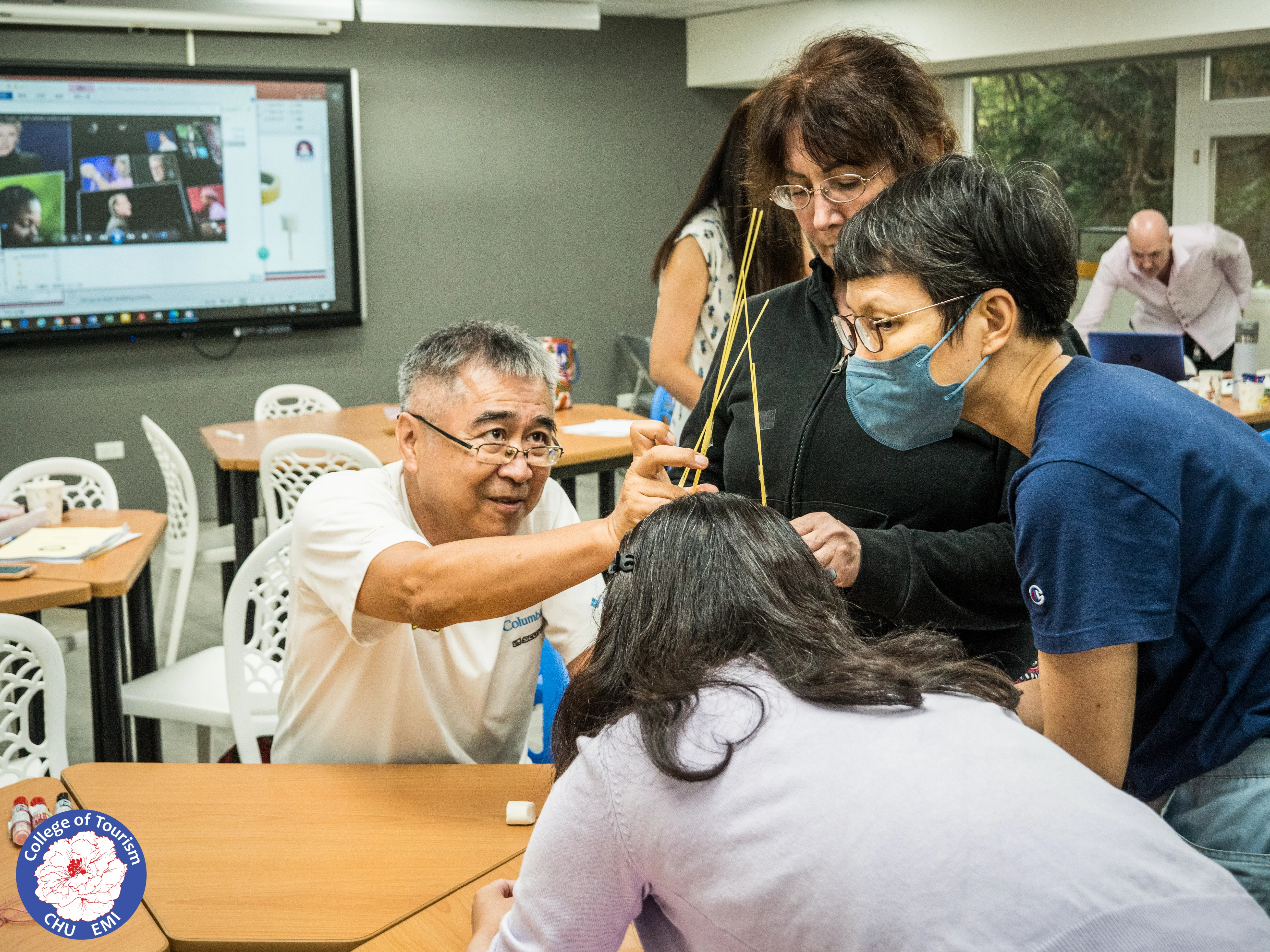
Am I Qualified to Join?
This course is aimed primarily at in-service lecturers working in EMI / CLIL contexts with HE university students in Taiwanese universities.
All lecturers will have:
- A level 7 qualification in accordance with UK government guidelines
- A minimum of one year’s teaching experience at university level
Note: Maximum candidate numbers per course 25
LEVEL 7 QUALIFICATIONS ARE:
- integrated master’s degree, for example master of engineering (MEng)
- level 7 award
- level 7 certificate
- level 7 diploma
- level 7 NVQ
- master’s degree, for example master of arts (MA), master of science (MSc)
- postgraduate certificate
- postgraduate certificate in education (PGCE)
- postgraduate diploma
